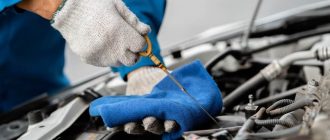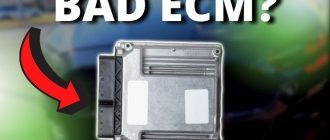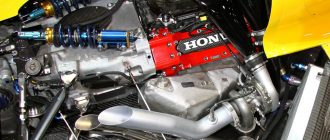## Troubleshooting Car Stalling After Starting with No Check Engine Light
When your car stalls after starting but doesn’t illuminate the check engine light, it can be a puzzling and frustrating issue. Here’s a comprehensive guide to help you troubleshoot and resolve the problem effectively:
### Possible Causes
**1. Fuel System Issues**
* Clogged fuel filter
* Failed fuel pump
* Faulty fuel injectors
* Air in the fuel lines
**2. Ignition System Problems**
* Worn or faulty spark plugs
* Defective ignition coil
* Crankshaft position sensor malfunction
* Distributor cap or rotor problems
**3. Air Intake System Issues**
* Dirty or clogged air filter
* Leaking vacuum lines
* Faulty mass airflow sensor
* Intake manifold gasket failure
**4. Electrical System Faults**
* Loose or disconnected battery terminals
* Corroded wiring or connectors
* Alternator problems
* Starter motor issues
**5. Computer or Sensor Malfunctions**
* Faulty engine control module (ECM)
* Oxygen sensor problems
* Throttle position sensor malfunction
* Knock sensor failure
### Troubleshooting Steps
**1. Check for Fuel Supply**
* Open the hood and locate the fuel rail. Use a flathead screwdriver to depress the valve on the fuel rail. If fuel sprays out, you have fuel pressure.
* If no fuel exits, check the fuel filter for clogs or the fuel pump for proper operation.
**2. Inspect the Ignition System**
* Remove the spark plugs and inspect them for wear or damage.
* Check the ignition coil for any cracks or burn marks.
* Use a multimeter to test the resistance of the ignition coil and spark plugs.
**3. Examine the Air Intake System**
* Remove the air filter and check it for dirt or debris.
* Inspect the vacuum lines for any leaks or cracks.
* Clean the mass airflow sensor with a suitable cleaner.
**4. Verify Electrical Connections**
* Inspect the battery terminals for any corrosion or looseness. Tighten any loose connections.
* Check the alternator belt for proper tension and wear.
* Use a multimeter to test the voltage output of the alternator.
**5. Examine Computer and Sensors**
* Refer to your vehicle’s service manual for the location of the ECM. Check the connectors for any damage or corrosion.
* Check the oxygen sensor for proper resistance using a multimeter.
* Inspect the throttle position sensor for any mechanical or electrical issues.
### Diagnostic Tests
**1. Fuel Pressure Test**
* Connect a fuel pressure gauge to the fuel rail.
* Turn on the ignition and observe the fuel pressure reading.
* Compare the measured pressure to the manufacturer’s specifications.
**2. Compression Test**
* Remove the spark plugs.
* Connect a compression tester to each cylinder.
* Crank the engine and record the compression pressure for each cylinder.
* Compare the readings to the specified values.
**3. Computer Code Reading**
* Use an OBD-II scanner to check for any stored fault codes in the ECM.
* If any codes are present, note them down for further diagnosis.
### Repairs
Once you have identified the faulty component, the necessary repairs can be carried out:
* Replace the fuel filter, fuel pump, or fuel injectors.
* Replace worn or faulty spark plugs, ignition coil, or distributor cap.
* Clean or replace the air filter, vacuum lines, or mass airflow sensor.
* Repair loose or corroded electrical connections.
* Replace the ECM, oxygen sensor, throttle position sensor, or knock sensor as needed.
### Additional Tips
* If you have limited mechanical skills, it’s recommended to seek professional assistance for troubleshooting and repairs.
* Always refer to your vehicle’s service manual for specific instructions and specifications.
* Use high-quality replacement parts to ensure the best performance and longevity.
* If the fuel pump relay is suspected of malfunctioning, try replacing it before the fuel pump itself.
* Ensure proper grounding connections for all electrical components.




